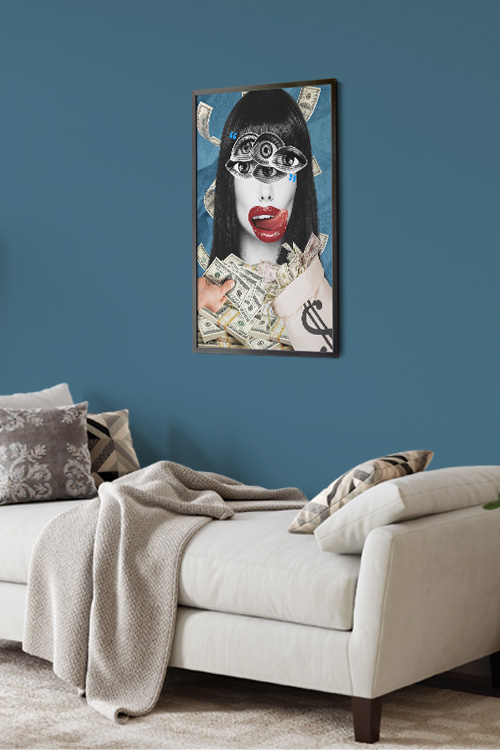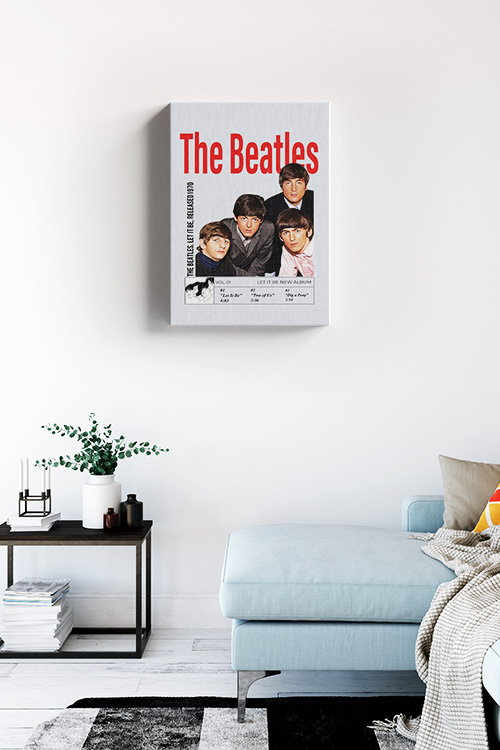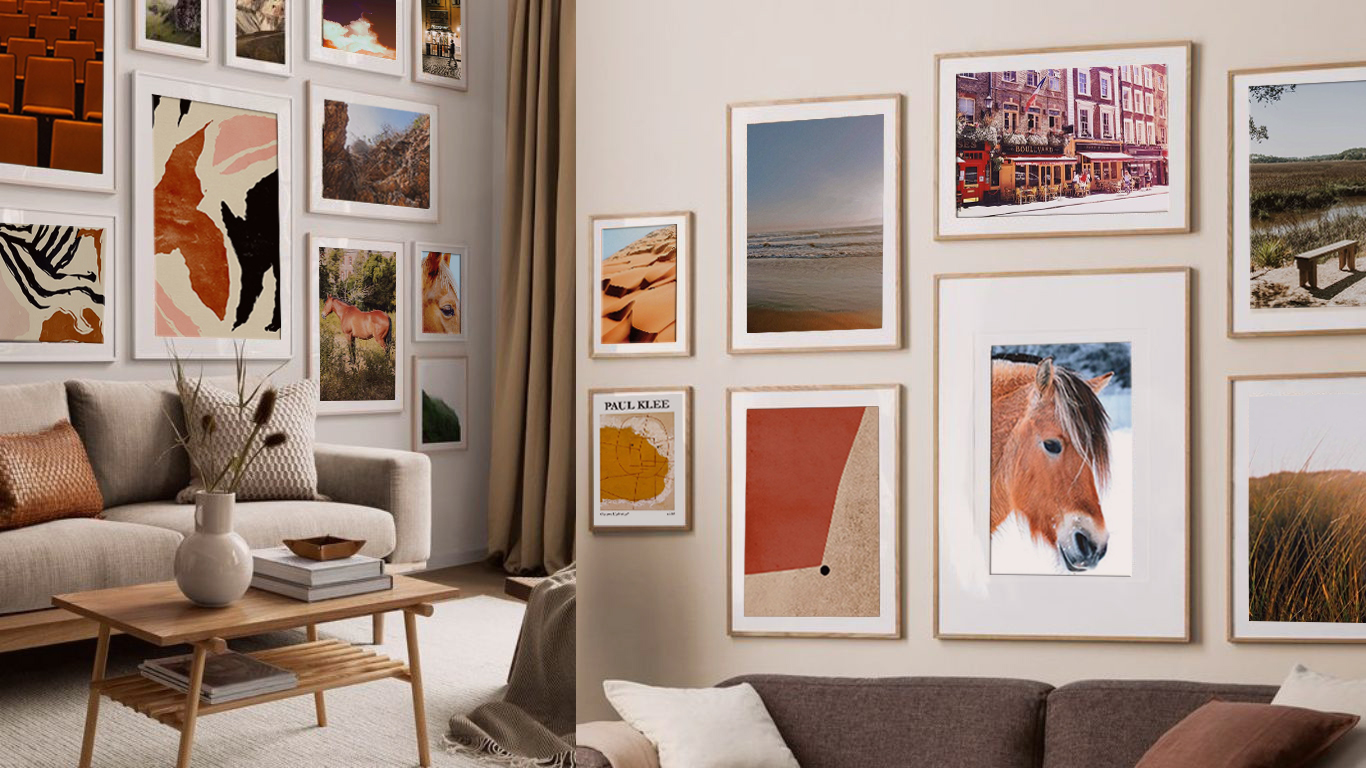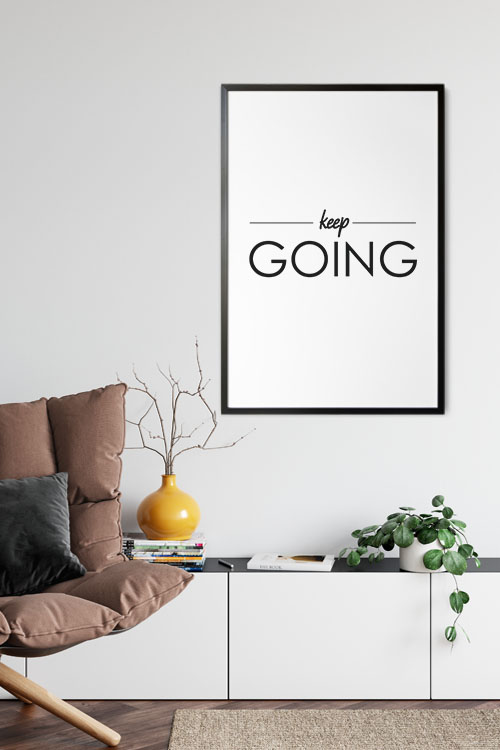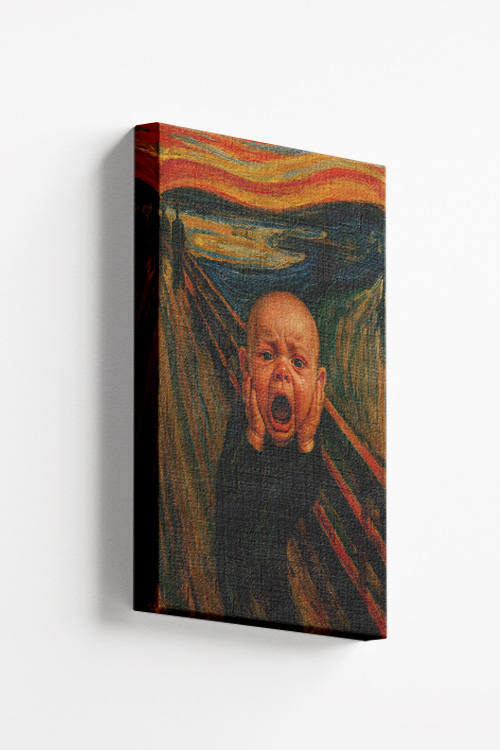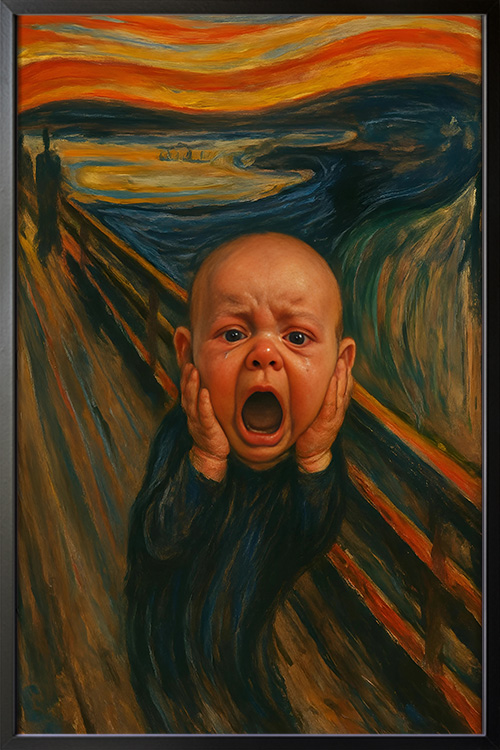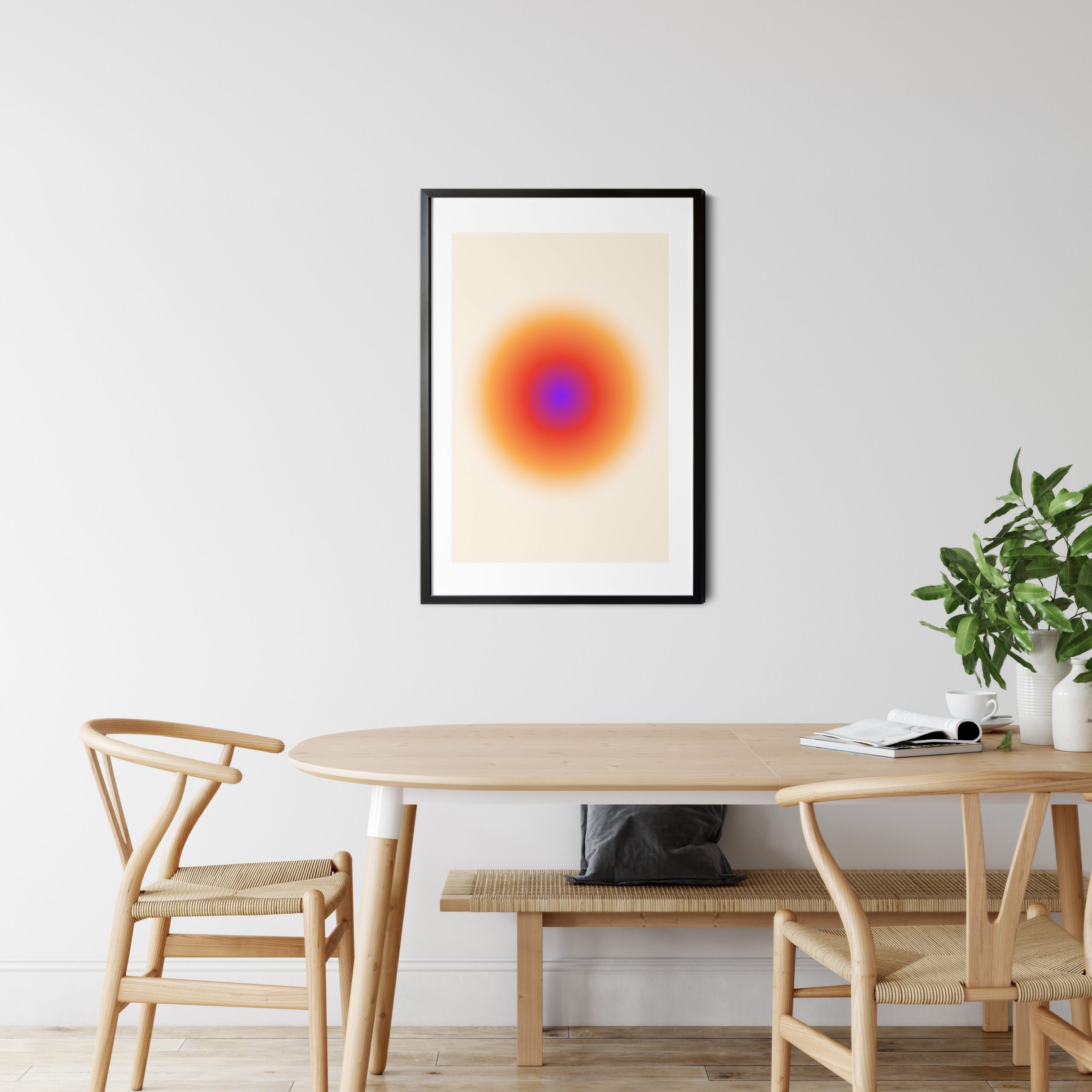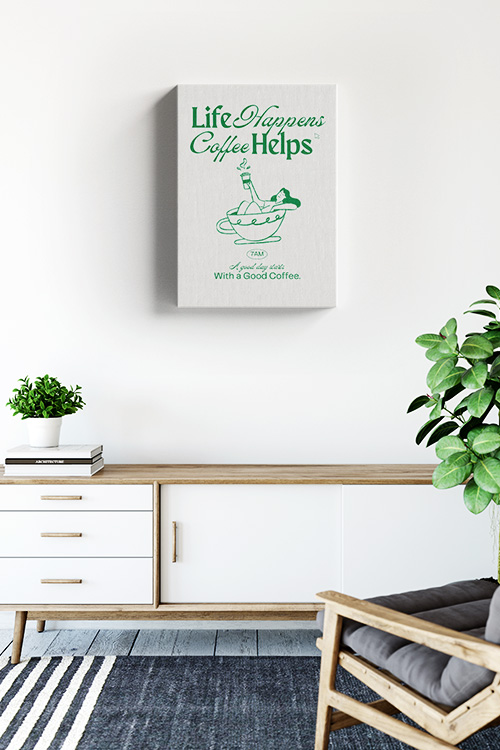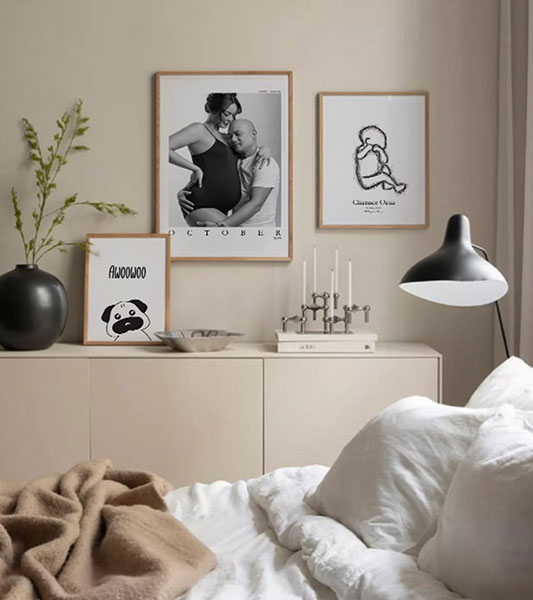
Decorating your home doesn’t always necessitate a major overhaul or expensive furniture. Sometimes, it’s the power of a few well-chosen posters or canvas prints that can completely transform a space. Whether you’re starting with a blank wall or seeking to infuse personality into a tired room, the versatility of trendy wall art can breathe new life into your interiors. Here’s how you can harness this power to brighten up any room.
Choose the Right Color Palette
Color is a key player in setting a room’s mood. When choosing posters or canvas prints, it’s important to consider colors that complement or contrast with your existing decor. Bright, vibrant prints can inject energy into neutral spaces, while softer hues create a calm, relaxed atmosphere. To help you choose the right color palette, consider the following tips: 1. Use a color wheel to find complementary or contrasting colors. 2. Consider the existing color scheme of your room. 3. Think about the mood you want to create. Bold and saturated colors can shine if your room is flooded with natural light. In dimmer spaces, lighter prints can help visually open up the room.
Go Big and Bold
Large-scale prints or canvases make a strong statement and can be a focal point in a room. An oversized canvas above a sofa or bed can draw the eye and instantly add depth to your space. Abstract art, nature scenes, and modern typography are especially popular and can suit a range of interior styles.
Create a Gallery Wall
Gallery walls are a great way to display multiple posters and prints while adding personality to your room. To create one, start by selecting a variety of posters and prints that you love. Then, mix and match different sizes, frames, and styles to create an eclectic look. Stick to a consistent color theme to keep it cohesive, or embrace variety for a more playful effect. This works exceptionally well in living rooms, hallways, or staircases.
Incorporate Inspirational Quotes or Typography
Posters featuring motivational quotes or minimalist typography are trending right now. They add a modern, stylish touch while offering daily inspiration. Use them in home offices, entryways, or bedrooms to inject positivity and purpose into your space.
Layer and Lean for a Relaxed Look
Not all artwork has to be hung. Leaning canvas prints against the wall on shelves or atop furniture creates a casual, contemporary vibe. Layering prints of varying heights, which means arranging prints in a way that some are higher or lower than others, adds depth and dimension. This look is especially appealing in boho, Scandinavian, or industrial-style interiors.
Seasonal Swaps
One of the best things about posters is how easily they can be changed. Use seasonal prints to refresh your space throughout the year. For spring, consider bright florals or nature scenes. For summer, beach scenes or tropical prints can bring a refreshing vibe. Warm tones or autumn landscapes are perfect for fall, and cozy winter landscapes or holiday-themed prints can keep your decor fresh and timely during winter.
Use Art to Reflect Your Personality
Above all, your space should reflect who you are. Choose posters and canvas prints that resonate with your interests–travel, music, film, or fashion. Art is a powerful tool for making a room feel authentically yours, creating a sense of connection and comfort in your home.
In a Nutshell
Posters and canvas prints are a cost-effective, stylish way to brighten any room. With endless designs, sizes, and styles, finding pieces that match your taste and elevate your space is easy. Whether making a bold statement or adding subtle charm, the right wall art can transform a room from ordinary to extraordinary.
